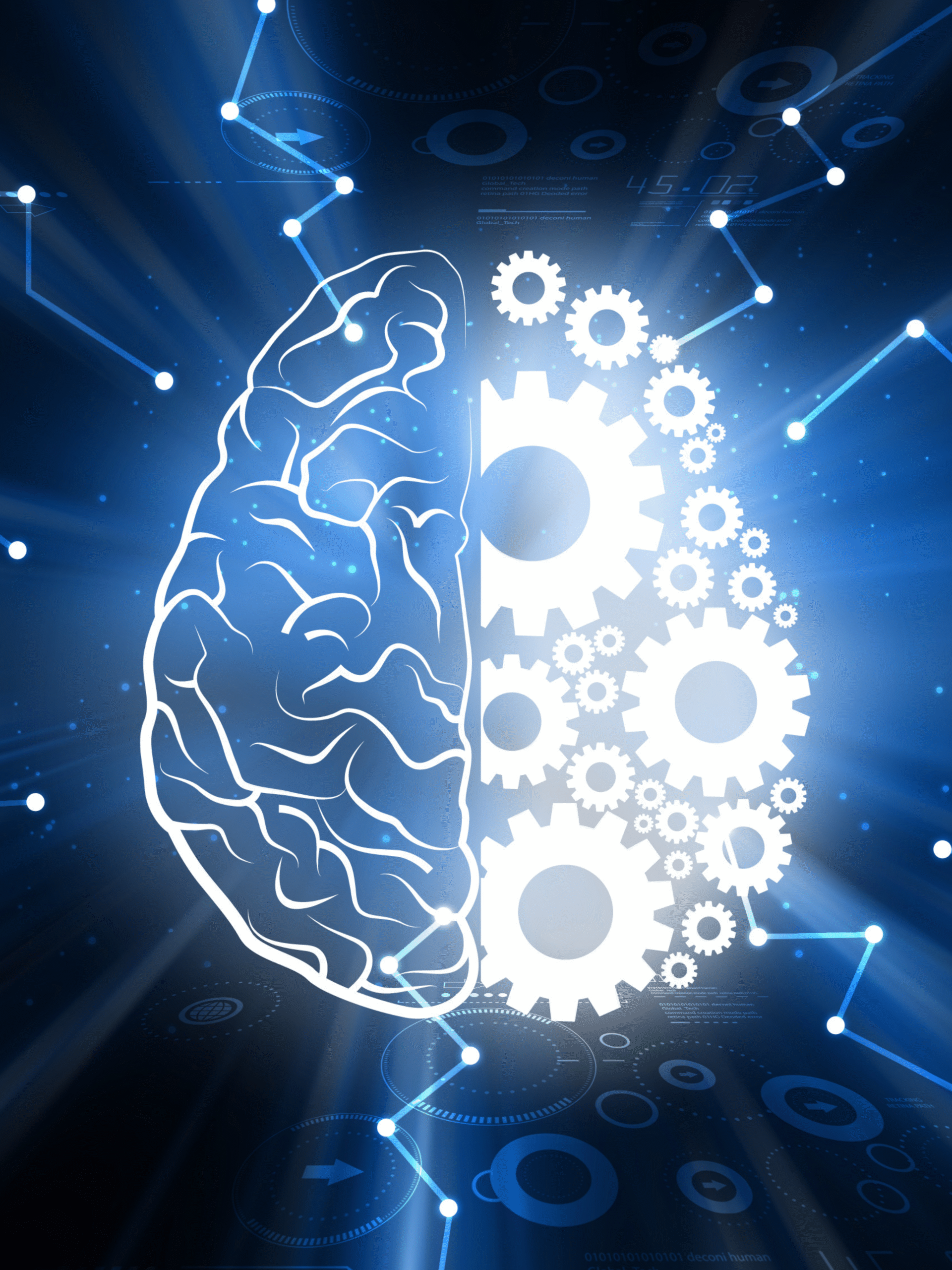By: Meryl Lammers, LSW, MT-BC

Doomscrolling, the compulsive and prolonged consumption of negative news online, can significantly impact mental health and potentially lead to vicarious trauma and re-traumatization, especially for individuals with a history of trauma. It can exacerbate existing mental health conditions like anxiety and stress, can trigger trauma responses, and lead to a cycle of negative emotions and behaviors.
Recognizing the potential dangers of doomscrolling and taking steps to break the habit is crucial for protecting one’s mental and emotional well-being. These effects for someone with a trauma history and doomscrolling may include:
- Triggering Memories: Negative news and images can trigger traumatic memories, causing flashbacks, nightmares, and heightened anxiety.
- Hypervigilance: Doomscrolling can increase hypervigilance, making individuals more sensitive to perceived threats and potential dangers in their environment.
- Difficulty Regulating Emotions: Individuals with trauma may struggle to regulate their emotions, and doomscrolling can further exacerbate this difficulty.
- Seeking Control: Some individuals with trauma may engage in doomscrolling as a way to feel in control of a chaotic world, even if it means focusing on worst-case scenarios.
- Re-traumatization: Individuals with a history of trauma, especially complex trauma, may be more susceptible to re-traumatization through doomscrolling.
- Numbing and Avoidance: Doomscrolling may be a manifestation of the PTSD symptoms of avoidance and numbing if it is used to dissociate or avoid life, relationships, or feelings.
Doomscrolling and the Brain: Why Can’t I Stop?
Political upheaval at home and abroad can create a sense of lack of safety. Many of us turn to coping mechanisms to soothe our anxieties, yet some may be more detrimental than others. Maybe you have tried to reduce or stop your screen time, but you’re having a hard time putting the phone down. You may be wondering, “Am I addicted? Do I like to be punished? Why can’t I stop?” Maybe you fear missing out on the latest news or feel a sense of control if you are up to date, but you’re still noticing that you just feel worse off afterwards.
There are biological reasons for what you are feeling:

- Altered Neural Pathways: Repeated exposure to negative information can strengthen neural pathways associated with fear and anxiety, making your brain more likely to trigger these responses in the future.
- Increased Amygdala Activity: The amygdala, which processes emotions like fear and anxiety, can become overactive during doomscrolling, making you more sensitive to stress and negative emotions.
- Impaired Prefrontal Cortex Function: The prefrontal cortex, responsible for decision-making and impulse control, can be negatively impacted by chronic stress and anxiety from doomscrolling, potentially affecting your ability to regulate emotions and think rationally.
- Reduced Attention Span: Constant exposure to short, attention-grabbing content can make it harder to focus on complex tasks, such as reading or engaging in deep conversations.
- Erosion of Critical Thinking: Doomscrolling can hinder your ability to think critically and evaluate information, especially with the prevalence of misinformation online.
- Emotional Fatigue: Constant exposure to distressing news can lead to emotional exhaustion and a feeling of helplessness.
Doomscrolling’s Impact on Mental Health

Even if you don’t have a history of trauma, the negative impacts of doomscrolling are plentiful. Doomscrolling can amplify negative emotions, leading to increased anxiety, sadness, and feelings of despair. Individuals with pre-existing anxiety or depression may find their symptoms worsen with excessive exposure to negative news. Doomscrolling exposes individuals to distressing events, even if they are not directly involved. This can lead to vicarious trauma, where individuals experience psychological effects like those who experienced the trauma firsthand. Doomscrolling can also manifest in physical symptoms, such as headaches, muscle tension, elevated blood pressure, and sleep disturbances.
Breaking the Doomscrolling Habit

Some suggestions for ways to break the habit of doomscrolling include noticing how you feel after spending time on social media, setting time limits on social media and news consumption, curate your feed to follow accounts that provide positive and uplifting content, find activities that help you disconnect from your phone and engage with the real world, and seek professional help if you are struggling with the effects of doomscrolling, especially if you have a history of trauma.
If you are noticing that doomscrolling is triggering your past traumatic experiences and you are experiencing flashbacks, hopelessness, heightened anxiety or depression, or nightmares, experiential trauma therapy can help. Call the Phoenix Center today to schedule with one of our trained trauma therapists. You don’t have to navigate your experiences alone. We are here to help!

Written by: Meryl Lammers, LSW, MT-BC


